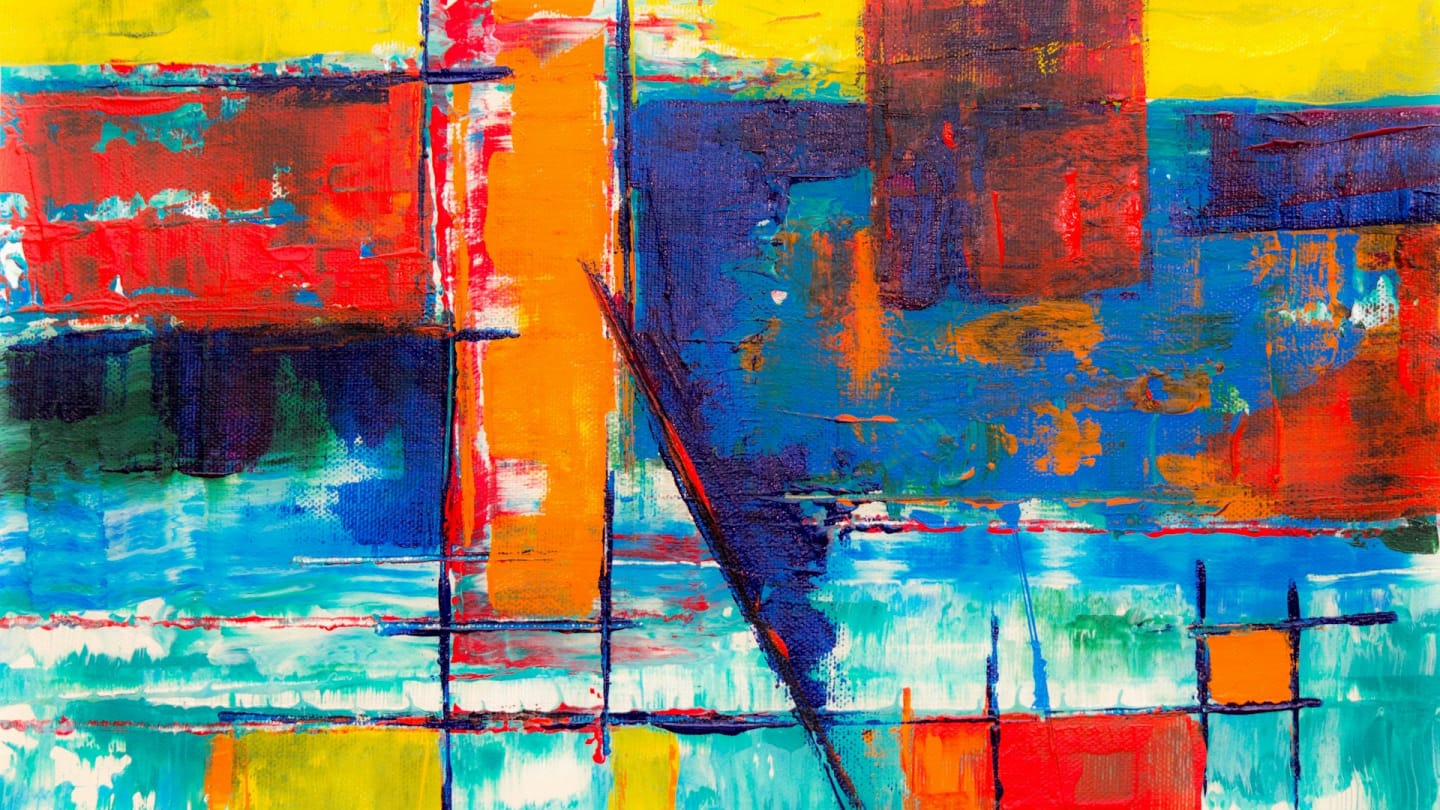Teaching AI to Paint: An Experiment in Artistic Style Transfer
September 26, 2024 | AI Experiments
Explore how neural networks use artistic style transfer to teach AI to paint like masters, blending art and machine learning in this creative experiment.

Ever wondered if a computer could paint like Van Gogh or Picasso?
Thanks to artistic style transfer, it’s possible. This fascinating field combines neural networks and machine learning to teach AI to create stunning artworks.
Artistic style transfer is changing the way we think about art and creativity.
Understanding Artistic Style Transfer
Artistic style transfer is a process where the style of one image is applied to the content of another.
Imagine taking the brush strokes of Monet and applying them to a photo of your city skyline.
How Neural Networks Make It Possible
Neural networks, inspired by the human brain, are at the heart of this technology.
They learn patterns and features from data, allowing them to perform complex tasks like recognizing images or translating languages.
In artistic style transfer, neural networks analyze two images:
- Content Image: The image you want to keep the structure of, like a photo of a dog.
- Style Image: The artwork you want to borrow the style from, like Starry Night by Van Gogh.
The neural network then blends these two to create a new image that has the content of the first and the style of the second.
The Science Behind the Art
The process uses a type of neural network called a Convolutional Neural Network (CNN). These are excellent at processing visual data.
Here’s how it works:
- Feature Extraction: The network analyzes both images to understand their features.
- Style and Content Separation: It separates the style from the content in the style image.
- Image Reconstruction: It combines the content of the first image with the style of the second.
This creative algorithm allows AI to produce artwork that mimics famous styles.
Real-World Examples and Applications
Artistic style transfer isn’t just a cool experiment; it’s being used in various fields.
Digital Art and Design
Artists and designers use AI to create unique visuals.
- Customized Artwork: Generating personalized art pieces for clients.
- Graphic Design: Creating backgrounds, textures, and effects.
Entertainment Industry
- Movie Production: Stylizing scenes to match a particular artistic vision.
- Video Games: Enhancing graphics with artistic effects.
Advertising and Marketing
- Creative Campaigns: Developing eye-catching visuals for ads.
- Branding: Applying consistent styles across marketing materials.
Mobile Applications
Apps like Prisma allow users to transform their photos using artistic style transfer right from their smartphones.
How to Teach AI to Paint: A Step-by-Step Guide
Interested in experimenting with AI art yourself? Here’s how you can get started.
Step 1: Gather the Necessary Tools
You’ll need:
- Programming Knowledge: Basic understanding of Python.
- Libraries: TensorFlow or PyTorch for neural networks.
- Images: Content and style images to work with.
Step 2: Set Up the Environment
Install the required libraries:
pip install tensorflow keras
Or for PyTorch:
pip install torch torchvision
Step 3: Load and Preprocess the Images
Import the necessary modules and load your images.
import tensorflow as tf
from tensorflow.keras.preprocessing import image as kp_image
from tensorflow.keras import models
def load_and_process_image(path):
img = kp_image.load_img(path, target_size=(400, 400))
img = kp_image.img_to_array(img)
img = tf.keras.applications.vgg19.preprocess_input(img)
return img
Step 4: Choose a Pre-trained Model
Use a model like VGG19, which is trained on a large dataset of images.
model = tf.keras.applications.VGG19(include_top=False, weights='imagenet')
Step 5: Define the Loss Functions
The model needs to understand what to optimize.
- Content Loss: Measures how close the content is to the original image.
- Style Loss: Measures how close the style is to the style image.
Step 6: Optimize the Output Image
Use an optimizer to adjust the output image to minimize the loss functions.
optimizer = tf.optimizers.Adam(learning_rate=0.02)
Step 7: Generate the Art
Run the optimization for several iterations.
for i in range(1000):
# Compute gradients and update the output image
pass
Step 8: Display the Result
Convert the processed image back to a viewable format and display it.
def deprocess_image(processed_img):
# Revert the preprocessing steps
pass
# Display the image
Challenges and Limitations
While artistic style transfer is exciting, it comes with challenges.
Computational Resources
- Processing Power: Requires significant computational resources.
- Time-Consuming: Generating high-quality images can take time.
Quality Control
- Overfitting : The output may not always look as expected.
- Content Loss: Balancing style and content can be tricky.
Ethical Considerations
- Artistic Ownership: Using an artist’s style raises questions about originality.
- Copyright Issues: Legal implications of using protected artworks.
Best Practices and Tips
To get the most out of your AI art experiments, consider these tips.
1. Start Simple
Begin with basic images to understand the process before moving to complex ones.
2. Experiment with Parameters
Adjust the weights of content and style loss to see different effects.
3. Use High-Quality Images
Better input images lead to better output.
4. Stay Informed
Keep up with the latest developments in machine learning and creative algorithms.
The Future of AI Art
Artistic style transfer is just the beginning. The intersection of AI and art is leading to new possibilities.
Generative Adversarial Networks (GANs)
GANs can create entirely new images, pushing the boundaries of creativity.
Interactive Art Installations
AI can enable interactive experiences where art responds to viewers.
Democratization of Art
AI tools make art creation accessible to everyone, not just trained artists.
Neural networks and machine learning have opened up new avenues for artistic expression through artistic style transfer.
Whether you’re an artist looking to explore new mediums or a tech enthusiast fascinated by AI, this creative experiment offers something for everyone.
The fusion of art and AI is not just a trend - it’s a glimpse into the future of creativity.